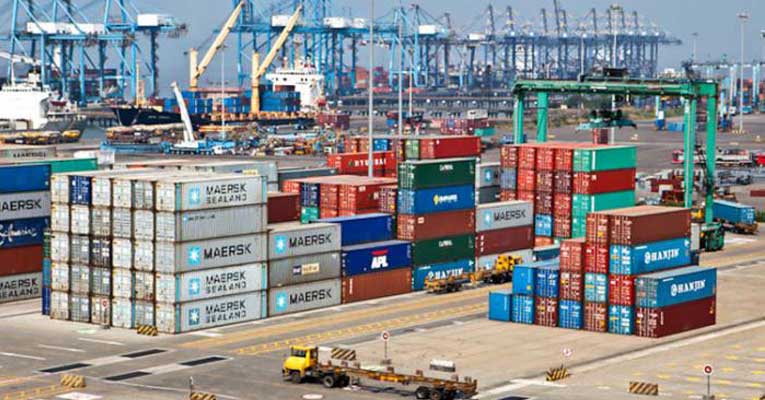Major ports record strong year in terms of capacity addition, improvement in efficiency parameters: ICRA

Jul 26, 2017: With the Sagarmala project’s National Perspective Plan as the backdrop, the government has taken various steps in the last three years to boost the sector’s overall efficiency. FY2016-17 marked the introduction of various Government initiatives and policy actions that are likely to transform the sector in the long term.
According to K Ravichandran, Senior Vice-President and Group Head, Corporate Ratings, ICRA, “The MoS has been proactive in identifying the issues impacting the sector and has tried to gradually address the issues. In FY2016-17, port capacity of 100.37 MT was added against a target of 120 MT at an investment of Rs 95 billion which was an all-time high annual capacity addition. Further, the year saw the execution of various projects targeted towards reducing the infrastructure bottlenecks in terms of port draft, mechanisation, evacuation, etc. On the policy front there was progress on several policy initiatives like new berthing policy, new stevedoring policy, revision in captive policy guidelines, revision in Model Concession Agreement, Major Ports Authorities bill 2016, and others, which if implemented in a timely manner, should be favourable for the growth of the sector, especially since many of the initiatives/policy changes are towards modernisation, efficiency improvement and better utilisation of the already existing infrastructure.”
The improvement in efficiency parameters achieved by the major ports in FY2016-17 over earlier years is also a favorable development. The same has allowed the several major ports to record strong financial performance for the year as well. While there’s a long way to go for India’s major ports to attain operational efficiencies matching international standards, ongoing government efforts toward port modernisation are proving successful in reducing cargo dwell times that have long been a key contributor to terminal congestion and high costs.
Ravichandran also mentioned, “In addition to easing congestion, shorter dwell times allow shippers to save on storage charges. Further, the key efficiency parameters like average turnaround time (ATT), average pre-berthing detention time (PBDT) and average output per ship berth day at the Major Ports have improved in FY2017 as compared to earlier years. ICRA Research believes that the government’s thrust on productivity gains by improving the functioning of major ports should result in better competitiveness of the major ports against non-major ports. Infrastructure or policy bottlenecks had been impeding the growth of these important assets. However, renewed focus by the government in the last two to three years has provided the much-needed impetus to the sector and the benefits of the same can now be observed from the improving performance of the major ports.”
During FY2017, cargo throughput at major ports registered a 6.8 percent growth to 648 MT as against 606 MT recorded in FY2016. The growth was supported by 164 percent growth in iron ore cargo volumes (50 MT against 19 MT) supported by a resumption of mining operations in Goa, Karnataka and Orissa as well as growth in POL (Petroleum, oil and lubricants) & liquids (8 percent) and other cargo categories (10 percent). However, volumes of categories like coal and fertilizers were down by 10 percent and 12 percent respectively during the period. While the data, post H1 FY2017, for coal volumes at non-major ports is not yet available, coal volumes are likely to have declined in the second half of the year as well at a similar rate to major ports. Coal volumes continue to register a slowdown as higher domestic production continues to reduce the domestic demand-supply deficit.
In terms of the cargo growth outlook, Ravichandran further added, “Port sector players will continue to experience healthy growth in cargo in the near term, albeit somewhat lower compared to the recent fiscals, as revival in iron ore exports and pick up in POL volumes as well as impetus for coastal shipping will be partially offset by lower coal imports following the increase in coal production by Coal India Ltd and slowdown in container volumes due to weak exim trade. Moreover, cash accruals of the players will be supported by steadily rising handling rates, barring the projects where the tariff setting process is mired in litigations. Over the medium to long term, cargo growth is expected to gain further traction driven by domestic requirements of coal for power and other sectors; crude oil, for meeting domestic petroleum requirements; and containers, given the cost and logistical advantages associated with containerisation. Moreover, various initiatives under the Sagarmala programme will aid the long term growth trajectory of the industry.”



